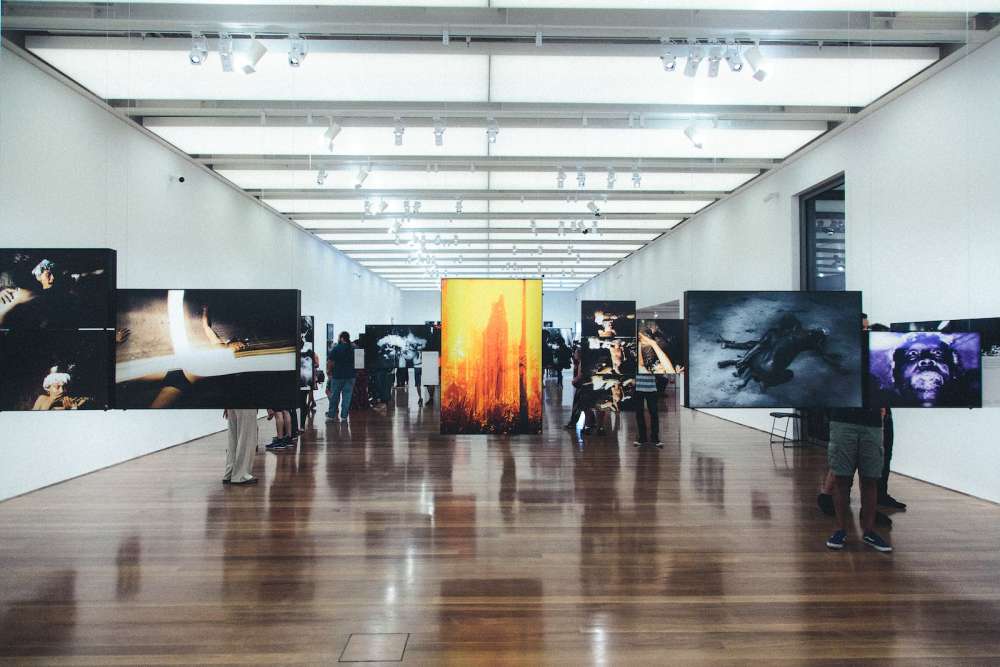Class: Primary 4
Term: 1st Term
Week: 4
Age: 9 years
Period:
Duration: 40 minutes
Date:
Subject: Creative And Cultural Arts
Curriculum Theme: Creative And Cultural Arts
Topic: Uses Of Arts
Content: Sources Of Sound
Specific Objectives:
By the end of the lesson, pupils should be able to:
- Identify 2 uses of Arts.
- Mention 3 natural sources of Sound.
Reference Materials:
- 9 – Years Basic Education Curriculum
- Abuja Educational Resource Centre Scheme of work
- NAPPS National Unified Scheme of Work
- Course Book
- Online Information
- Textbooks (List your relevant textbook here)
Instructional Materials:
- Pictures of various art forms
- Whiteboard and markers
- Chart or diagram showing natural sources of sound
- Examples of objects producing sound
Rationale for the Lesson:
Understanding the uses of arts and natural sources of sound is crucial for appreciating the role of art in our lives and understanding the environment around us.
Prerequisite/Previous Knowledge:
Students should have a basic understanding of different forms of art and a general awareness of sound.
INSTRUCTIONAL PROCEDURES:
Content Development: Uses Of Arts
| Content | Time | Teaching Method | Teacher’s Point/Activities | Pupils’ Activities |
|---|---|---|---|---|
| Uses Of Arts | 10 mins | Discussion | Discuss various uses of arts (e.g., expression, communication). Show pictures of different art forms. | Engage in a discussion about the uses of arts. |
| Sources Of Sound | 15 mins | Explanation and Display | Explain natural sources of sound (e.g., animals, thunder). Display a chart or diagram. | Identify and discuss examples of natural sources of sound. |
| Note taking | 5 mins | Writing | Provide key points for note-taking. Discuss and allow time for pupils to write notes. | Take notes in their notebooks. |
| Evaluation | 5 mins | Question and Answer | Ask questions related to the specific objectives. | Answer questions individually. |
| Conclusion | 5 mins | Recap and Summary | Summarize the key points of the lesson. Emphasize the importance of understanding the uses of arts and sources of sound. | Share what they’ve learned. |
Note to Pupils:
Uses Of Arts
- Expression: Arts provide a creative outlet for individuals to express their thoughts, emotions, and ideas through various forms such as drawing, painting, and sculpture.
- Communication: Arts serve as a powerful means of communication, allowing individuals to convey messages, stories, and cultural aspects visually. This includes the use of symbols, colors, and imagery.
- Cultural Preservation: Arts play a vital role in preserving and transmitting cultural heritage. Traditional arts, crafts, and performances help maintain and pass on cultural practices, values, and stories to future generations.
- Entertainment: Arts contribute significantly to entertainment, offering enjoyment and leisure through activities like music, dance, theater, and visual arts. They enhance the quality of life and provide recreational experiences.
- Education: Arts are an integral part of education, fostering creativity, critical thinking, and problem-solving skills. They contribute to a holistic learning experience by engaging students in various artistic disciplines.
Natural Sources Of Sound
- Animals: Various animals produce sounds for communication, mating rituals, or warning signals. Examples include birds singing, dogs barking, and frogs croaking.
- Weather Phenomena: Natural occurrences such as thunderstorms, rain, wind, and lightning can generate distinct sounds.
- Water: Bodies of water, such as rivers, oceans, and waterfalls, generate sound through the movement of water.
- Earthquakes: Seismic activity, like earthquakes, produces low-frequency sounds. While these sounds may not always be audible to humans, they can be detected using specialized equipment.
- Volcanic Activity: Volcanic eruptions can create loud sounds, including explosions, the flow of lava, and the rumbling of the earth.
Evaluation:
- Name two uses of arts.
- Mention three natural sources of sound.
Note to Teachers:
Customize the lesson content, teaching methods, and pupil activities to suit your teaching style, curriculum, and available resources.

